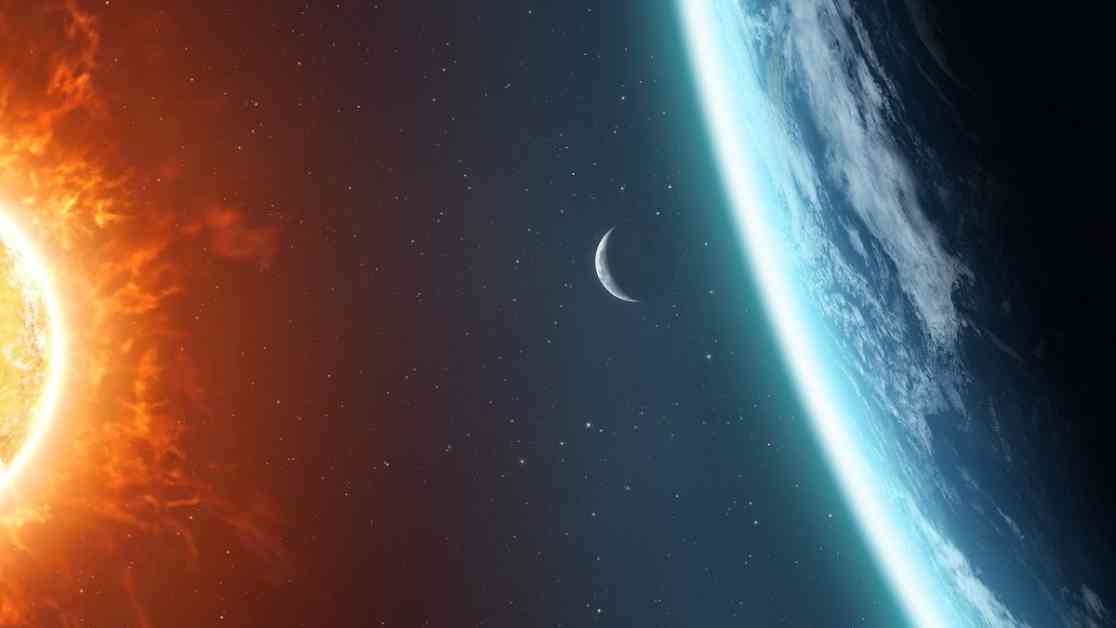The moon, Earth’s closest neighbor, is not always the same distance away. While the average distance is around 238,855 miles, the moon’s elliptical orbit means it can range from 221,500 miles to 252,000 miles away. This variation in distance can affect travel time slightly, but other factors like trajectory and landing site conditions are more important for moon missions.
The Apollo astronauts left reflectors on the lunar surface in the 1960s and ’70s, allowing scientists to measure the moon’s distance from Earth by shining lasers at them. This method has provided accurate measurements and insights into the moon’s orbit. The moon appears brighter and larger in diameter during perigee, when it’s closest to Earth, compared to apogee, when it’s farthest away. These changes are sometimes called ‘supermoon’ and ‘micromoon,’ respectively.
The moon’s distance from Earth has been slowly increasing over billions of years. We are lucky to be living at a time when the moon is at its current distance, allowing for events like total solar eclipses. Understanding the moon’s distance is crucial for planning missions to orbit or land spacecraft on its surface. While the average distance is generally accurate for the public, precise measurements are necessary for scientific missions.
Noah Petro, a project scientist for NASA’s Lunar Reconnaissance Orbiter, emphasized the significance of the moon’s journey away from Earth over time. The moon’s distance has been changing for billions of years, and we are fortunate to witness it at its current range. This evolution in distance has led to the unique celestial events we experience, such as solar eclipses.
Sarah, an independent science journalist, explores the philosophical questions of science and technology in her work. She covers a wide range of topics, from AI to space travel, and delves into how scientific research impacts our daily lives. With a master’s degree in science journalism, Sarah’s work has been featured in various publications, including Popular Mechanics and Nature. Her insights provide a deeper understanding of the complexities of scientific exploration and its significance in our world today.










